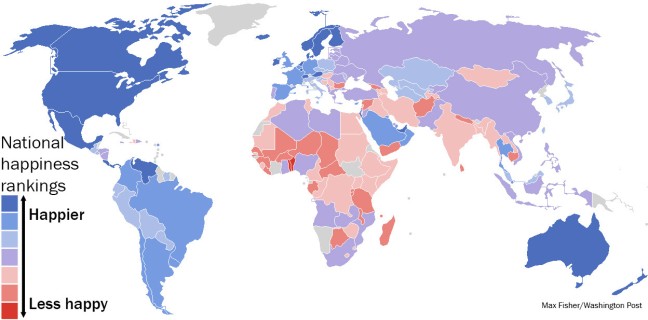
A planet devastated by climate change may seem like a distant future. But Earth is already experiencing effects today.
Globally, the mean rate of sea level rise increased 50% in the last two decades. In 2017, temperatures have already reached their highest levels in history in some areas, from California to Vietnam. And the past three years were the hottest on record.
In a new open letter, six prominent scientists and diplomats, including former UN climate chief Christiana Figueres and physicist Stefan Rahmstorf, wrote that the world has approximately three years before the worst effects of climate change take hold. Published June 28, the letter urges governments, businesses, scientists, and citizens to address the world’s greenhouse-gas emissions now.
If emissions can be permanently lowered by 2020, global temperatures will likely avoid reaching an irreversible threshold, they wrote. Impacts would include rapid deforestation, floods from rising sea levels, and unpredictable weather shifts that could ravage agriculture and affect life on the coasts, where the vast majority of people live.
Their plan includes six goals for 2020:
Increase renewable energy to 30% of electricity use.
Draft plans for cities and states to ditch fossil fuel energy by 2050, with funding of $300 billion annually.
Ensure 15% of all new vehicles sold are electric.
Cut net emissions from deforestation.
Publish plan for halving emissions from deforestation well before 2050.
Encourage the financial sector to issue more « green bonds » toward climate-mitigation efforts.
The letter’s goals are at odds with the priorities of the Trump administration, which has signalled that climate change is not on its agenda. In early June, President Trump announced that, in 2019, the US will withdraw from the Paris Agreement, which sets national benchmarks for curbing greenhouse-gas emissions.

The authors call for cities and businesses to fight emissions and meet the Paris accord goals, even without the help of the US government.
« We stand at the doorway of being able to bend the emissions curve downwards by 2020, as science demands, in protection of the UN sustainable development goals, and in particular the eradication of extreme poverty, » Figueres said in a press release.
« This monumental challenge coincides with an unprecedented openness to self-challenge on the part of sub-national governments inside the US, governments at all levels outside the US, and of the private sector in general. The opportunity given to us over the next three years is unique in history. »



